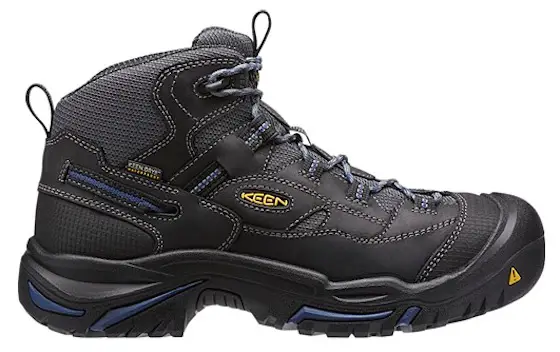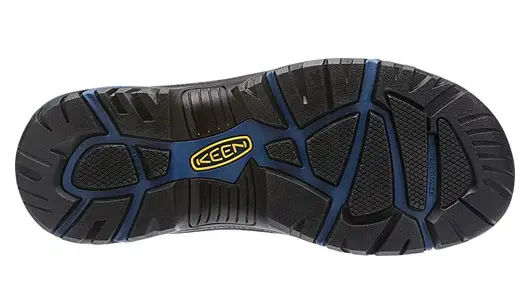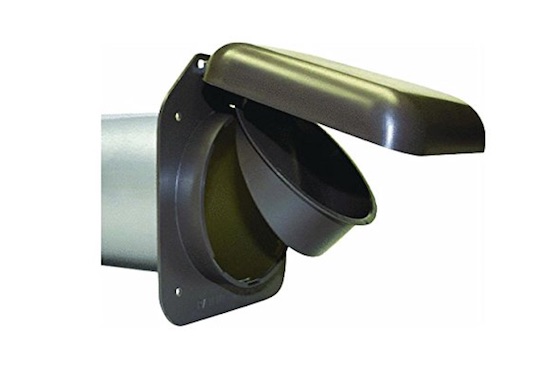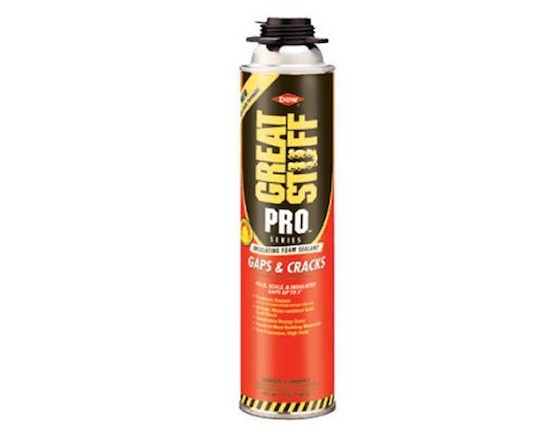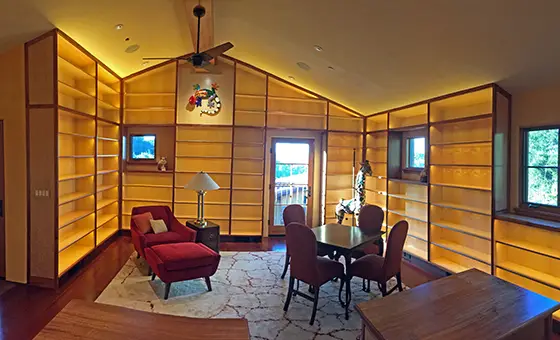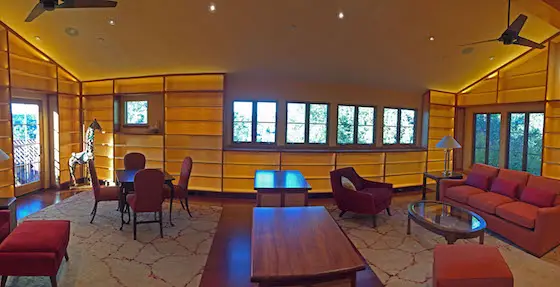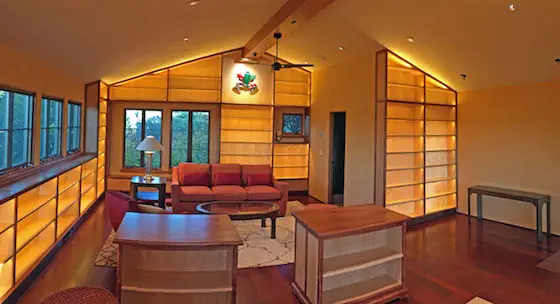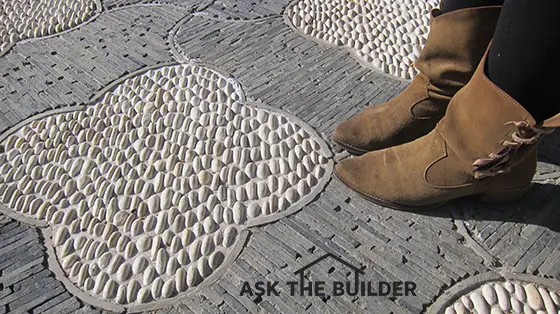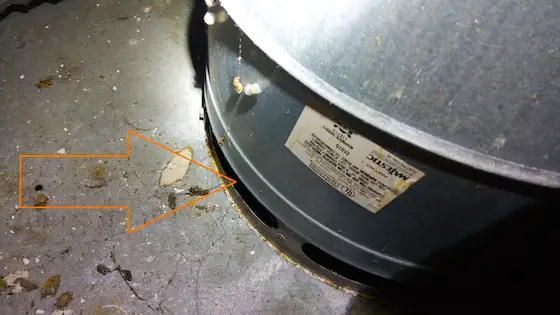I'm back. I've got a BUNCH of new home improvement tips below, but first you may want to know about a recent trip of mine.
First, if you're COLD and your furnace or boiler is not working right, CLICK HERE to get FREE BIDS from heating contractors to discover what in the heck is wrong with your system. HURRY before they get swamped on Christmas Eve!
I was in central and southern California for about eight days spending quality time with my oldest and youngest daughter, my son-in-law, and several very good friends.
Although I had time to do one of my acclaimed meet ups, I decided against it this trip because I didn't want to waste one moment with my youngest daughter.
The alternative ending from the movie Titanic is burned into my brain and I think about it each time I'm with my family. If you've not seen this ending, CLICK HERE.
Pay very close attention to what Old Rose says to the explorer, Mr. Lovett, after he lets go of the Heart of the Ocean necklace.
The next time I come to the Left Coast sans my daughter, I promise you we'll do a meet up.
The Hearst Castle and Zip Lines!
The first two days out in California I got to do two very fun things: a canopy zip-line tour high among the redwood trees and we went to the Hearst Castle. Here's a photo of Kelly and me walking across a slippery bridge suspended between two giant redwood trees. It's a long way down, believe me.

In the photo below, I'm in my bright blue Helly Hansen rain jacket zipping between two trees. It kept me dry and warm on this chilly rainy central California day! CLICK HERE to see more Helly Hansen rain gear!

The canopy tour was spectacular. It was raining and Kelly and I were the only ones crazy enough to go out. Well, our two guides - Josh and April - were with us too.
It was surreal to have the forest to ourselves as normally there could be six other tourists with you up on the tiny platforms well over 100 feet in the air that circle the redwood trees.
I highly recommend doing this canopy tour at Mt. Hermon Adventures near Santa Cruz, CA. They'll keep you safe as you float down the zip lines!
The day after enjoying the redwoods, Kelly and I drove from Morgan Hill, CA to the Hearst Castle in San Simeon, CA.
It was very gray and foggy. Read about our amazing tour guide Shawn Harris. CLICK HERE to see the Castle, elephant seals and a stunning ceiling Shawn showed us. Then tell me in the comments below the column if you've met Shawn before while you were at the Castle.
If you want some great information about the Hearst Castle and William Randolph Hearst the business titan that built it, CLICK HERE and scroll to the bottom to see all the fantastic books you can get.
CLICK HERE or the following image for GREAT Power Tools!
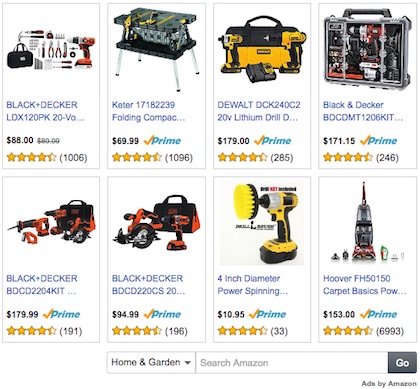
Extension Cord and Dimmer Switch SAFETY
I have two new columns I want you to read about electrical fires.
A close friend of mine who lives in southern California and his wife almost died from an electrical fire. They were lucky because they were in the room when the fire erupted in the electric switch box. If you were to talk to him, he just brushes it off. But I know better.
Many are not so lucky.
CLICK HERE to read about my lucky friend and his gorgeous wife who survived an electrical fire to talk about it. Wait until you see the PHOTOS of the dimmer switch that caught on fire.
Why do you think the dimmer switch overheated???? Click the above link to see if you're making the SAME MISTAKE!!!!
Do you scratch your head wondering if a certain extension cord is SAFE to use?
CLICK HERE and perhaps I can help you understand how to pick the correct one.
Preventing CRACKED Granite Countertops
Granite is very strong rock. I should know as I'm a college-trained geologist and granite is my favorite rock of all time!
But Linda sent me some photos of an insane granite top installation and she needed some advice.
CLICK HERE and see if you would have done what Linda's contractor did!
Cast Iron Plumbing Drain Pipes - Remove or Keep???
Did you know I'm a master plumber? I've been one for about 35 years. I held a City of Cincinnati Master Plumbers license for quite some time.
I LOVE installing plumbing pipes of all types, even threading black iron pipe.
Lanny came to me with an interesting question concerning a bathroom remodel job.
CLICK HERE to discover something I'll bet you didn't know about cast iron pipe!
CLICK HERE to watch a video of PVC drain and vent pipes I installed in a new home just a few months back.
That's quite enough for today wouldn't you say?
I'm sure you're busy with Christmas right around the corner.
CLICK HERE to shop at Amazon if you need LAST-MINUTE gifts!
I'll have a SPECIAL Christmas message for you on Friday.
Watch for it.
MERRY CHRISTMAS to you early in case you miss my Friday message.
If you don't celebrate Christmas, then I'm sure you understand that I'm trying to wish you well this time of year.
I refuse to allow the Spandex one-size-fit-all Christmas greeting to pass through my lips or fingertips.
Tim Carter
Founder - www.AsktheBuilder.com
Do It Right, Not Over!
